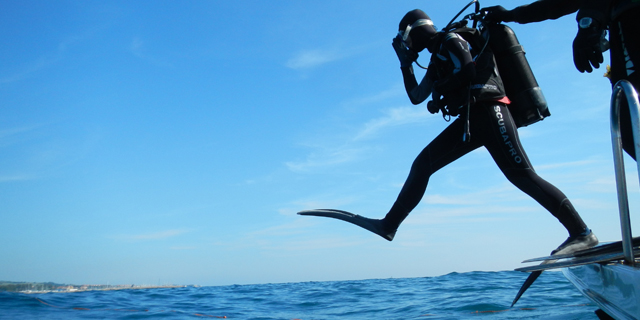
The adverse effects of plastic pollution on the marine environment are multifaceted. All sorts of marine animals are becoming victims of plastic-related starvation, strangulation, drowning, and suffocation. The environment is rapidly turning into an unsafe habitat for marine mammals. It is about time that the world governments and international organizations adopted a comprehensive and holistic approach for eliminating this menace.
We need to protect our oceans by reducing the amount of plastic waste found in them. The plastic that makes its way to oceans gets ingested by marine wildlife such as turtles, birds, fish, and even bigger animals like whales. High levels of plastic ingestion cause the death of these animals as they lose their appetite owing to constantly feeling full.
How is plastic pollution affecting the marine wildlife?
Plastic pollution poses a tremendous threat to the marine environment. As products made of plastic do not get digested in water, they tend to float in the ocean for an indefinite period. In this way, they continuously put the safety of marine life in jeopardy. Organisms may mistake the plastic for an edible and eat it, causing its accumulation in their bodies.
Starvation is not the sole cause of the death of marine life. Many animals suffer from suffocation and eventually die if they are entangled. Worldwide surveys bolster the finding. Entanglements may result in amputations and mutilations. Not to mention, these unsuspecting organisms also get lacerations and internal injuries by engulfing plastic products. Pollution ultimately forces them to find new places to survive.
What are the consequences for the marine ecosystem?
In the wake of plastic pollution, animals migrate to cleaner places. Those migrating and carrying plastic waste also transfer the rubbish from one ecosystem to another during migration. It significantly affects the biodiversity of a region by disturbing the food cycle and quality of food. For instance, if an animal eats fish teeming in plastic, it will certainly experience the consequences.
Plastic also generates increased production of pathogens in the oceans. Studies have found that coral reefs more readily catch a disease if they come into contact with plastic. The significance of coral reefs for the marine environment cannot be overstated — as they provide nutrients and crucial elements for marine life. Hence, plastic pollution contains multiple deadly consequences for the marine ecosystem.
How does plastic end up in the sea?
As per United Nations estimates, about 13 million metric tons of plastic get dumped into oceans somehow. Plastic, as a material, constitutes most of the articles we use every day. Getting rid of this material seems a distant dream at best. Plastic reaches oceans through multiple channels: urban runoff, litters in rivers, and fishing nets and supplies thrown during fishing and boating.
Our careless handling of plastic waste is to blame for the present worrying situation. Experts think that more than 80 percent of oceanic plastic comes from land. And since oceans make up a vast portion of the earth's total area, they receive high amounts of plastic waste. However, we can easily avoid this phenomenon by wisely regulating and managing human activities.
What is the scale of impact on the marine environment?
Plastic caused more than 3000 harmful incidents to marine life in the year 2019 in England and Wales alone. Litter, undoubtedly, in any form, harms the sensitive health of marine wildlife. According to the International Union for Conservation of Nature, plastic constitutes almost 80 percent of all sea-related waste. That is why it is so imperative to remove plastic from the oceans.
Is it possible to undo the changes?
It is not too late. However, eliminating and intercepting plastic pollution on such a large scale will require an overarching solution. According to the American Chemistry Council, plastic pollution is likely to double by 2050. Industries can play their role in fixing the situation by providing plastic-free alternatives to consumers. Individuals can also play their part by saying no to plastic.
How to reduce ocean plastic?
· Support organizations and international frameworks One can support grassroots organizations working to save our oceans and international legislative frameworks related to plastic pollution that are already in place. · Steer clear of single-use plastics It will reduce the amount of overall ratio of plastic that gets discarded into the oceans. · Recycle! It decreases the chances of new plastic being added to circulation.
· Take part in beach cleanups A person can also actively participate in beach cleanups to help communities make oceans cleaner. Putting weight behind banning plastic has become essential to control the damaging effect it has. Expressing support for such measures encourages other governments to follow suit. Spread Awareness Help people understand how plastic pollution is harmful to both human and marine life.
Final thoughts on improving our marine environment
Ocean plastic pollution is a reality. It has brought about deadly consequences for marine life. Plastic pollution has the potential to disrupt entire food chains. It has put biodiversity at risk. However, immediate measures can help undo the changes. As global problems require global solutions, global communities need to come together to further the cause of eradicating plastic pollution from oceans.











































